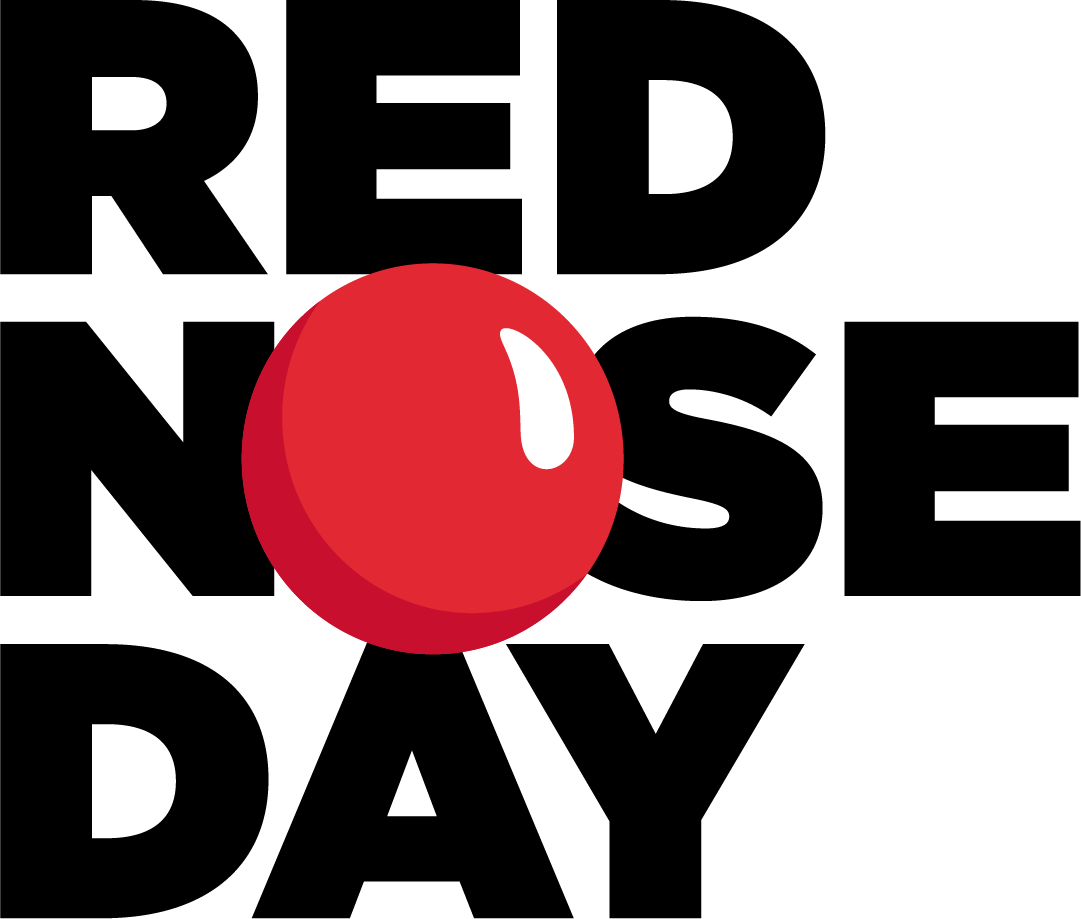We believe it is possible for all children to grow up safe from preventable and treatable health problems.
For families living in poverty, easily preventable and treatable health issues can quickly spiral into catastrophic events. A small mosquito bite can become a deadly malaria infection, a toothache can prevent a child from participating in school, and continued malnutrition can result in an underdeveloped brain and body.
Every day across the world, an average of 15,000 children die before reaching their fifth birthday, mostly from preventable or treatable causes. For many families living in poverty, it is not unusual to spend 10-25% of the household’s total income on a health care emergency. This kind of financial set back can have far-reaching effects on a child’s ability to break out of the cycle of intergenerational poverty.
Tremendous progress has already been made; since 1990, the global under-five mortality rate has been cut by 59%. But sustained investment in health is critical to ensuring that more children have the opportunity to grow up into healthy, productive adults. This includes access to nutritious food, high quality medical and dental care and life-saving vaccines.
Take a deeper look at the issues we address:

Food & Nutrition
Ensuring children receive adequate food and nutrition in order to thrive.
The negative effects of malnutrition and chronic food insecurity can be far-reaching: globally, approximately 45% of global under-five child deaths are linked to malnutrition.
Malnutrition can prevent children's brains and bodies from fully developing, and hunger can prevent children from fully participating in school and other enriching activities.
Right here in the US, an estimated 11 million children – that’s around 1 in 7 – are food insecure, which means they may not know when their next meal will come from, or do not have consistent access to enough nutritious food.
Red Nose Day supports programs that provide healthy food, treat malnutrition, offer nutritional education and foster behavioral change to create more equitable and resilient food systems.

Access to medical, dental, and mental health services
Helping bridge the gaps for children living in poverty to have adequate access to the medical care they need.
Often, low-income families do not have the means to pay for health care services or may live in rural or remote communities where services are not easily accessed.
Children living in poverty are more likely to suffer from frequent and severe chronic health problems – from infections and flu to asthma and diabetes. We also recognize that for many low-income children, traumatic experiences and long term toxic stress can have deep and lasting impacts on health and educational outcomes.
Red Nose Day supports programs that increase access to medical, dental and mental health services for children and their families.

Disease Prevention & Treatment
Helping to address preventable illnesses so children can survive and thrive.
When children are protected from communicable diseases such as malaria, polio and HIV, they are more likely to grow up as healthy adults.
Great strides have been made to ensure more children are protected from vaccine-preventable diseases, however over 19 million children around the world are still without the most basic vaccinations.
In the US, Red Nose Day supports disease prevention and treatment through programs that provide low-income children with regular check-ups and high-quality medical care.
Globally, Red Nose Day supports programs that ensure the prevention of diseases through immunization, public education, and other preventative measures such as insecticide-treated bed nets, as well as testing, treatment and care for children at risk of contracting communicable diseases.
Donate Ask Healthy Money Buy
Explore the stories of children you're helping stay healthy:
Healthy Impact Content
-
![Helping Puerto Rico after Hurricane Maria]() media block
media blockDelivering 5M Pounds of Food to Puerto Rico
Following the aftermath of Hurricane Maria, Red Nose Day and its grantee partners sprung into action to ensure the community's children had the most basic need: food.
-
![Gulf Coast Red Nose Day]() media block
media blockRebuilding the Gulf Coast after Hurricane Michael
Months after the category 5 hurricane devastated Northwest Florida, the need is still great. But even before the storm, 1 in 5 children living in the area didn't have access to nutritious food. Thanks to your Red Nose Day donations, children are getting access to healthy meals and snacks.
-
![Victoria Beckham administers vaccine to Baby David]() media block
media blockVictoria Beckham Meets baby David in Kenya
#NosesOn means access to life-saving vaccinations. Victoria Beckham visited with our partner Amref Health Africa in Kenya to see how your donations are ensuring babies grow up healthy and strong.
![nepal water crisis]() Health Springs From Clean WaterCase StudyHealth Springs From Clean Water
Health Springs From Clean WaterCase StudyHealth Springs From Clean Water![what is food insecurity]() What is Food Insecurity and How Does It Impact KidsNews 22 Jul 2019What is Food Insecurity and How Does It Impact Kids
What is Food Insecurity and How Does It Impact KidsNews 22 Jul 2019What is Food Insecurity and How Does It Impact Kids![Baby Isabel is healthy thanks to Red Nose Day]() Fighting Malaria One Test at a TimeCase StudyFighting Malaria One Test at a Time
Fighting Malaria One Test at a TimeCase StudyFighting Malaria One Test at a Time
Get on the list. Sign up for updates.
Don’t Miss Out!
Sign up for the latest Red Nose Day news and updates.
rnd-bsd-signup-form










